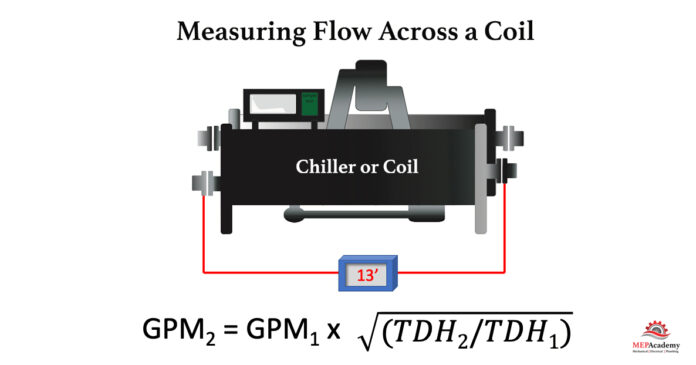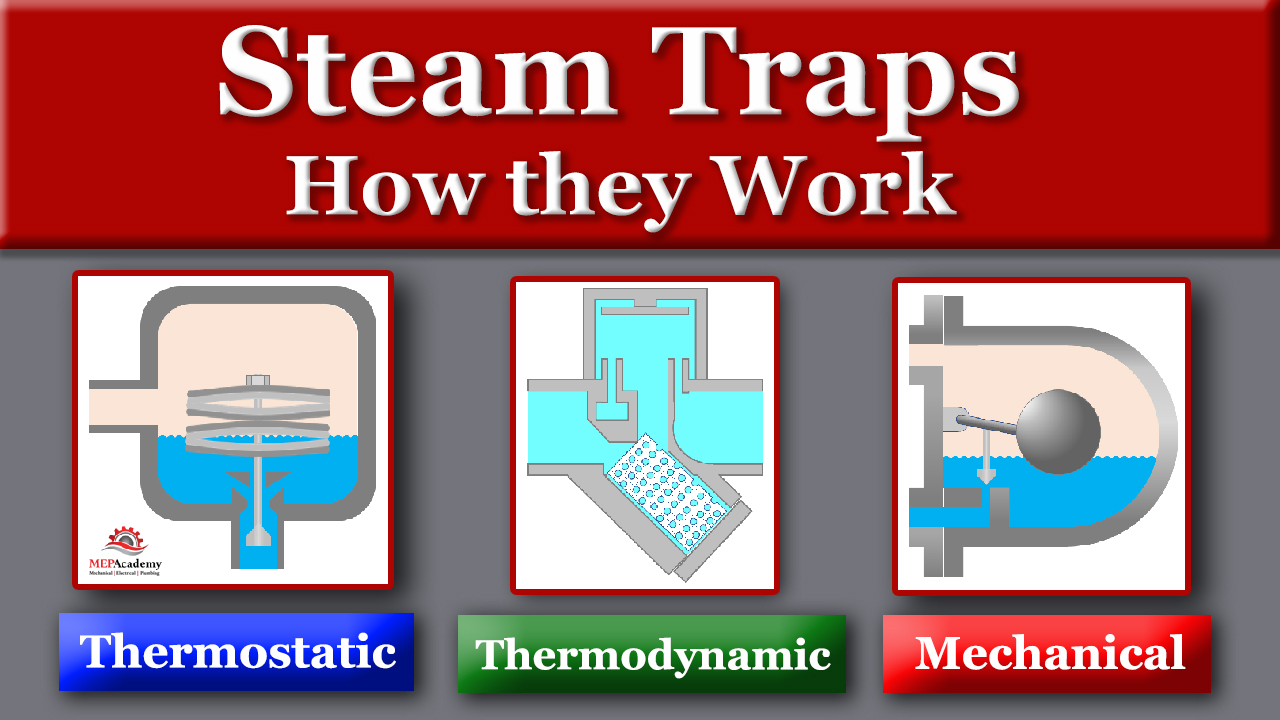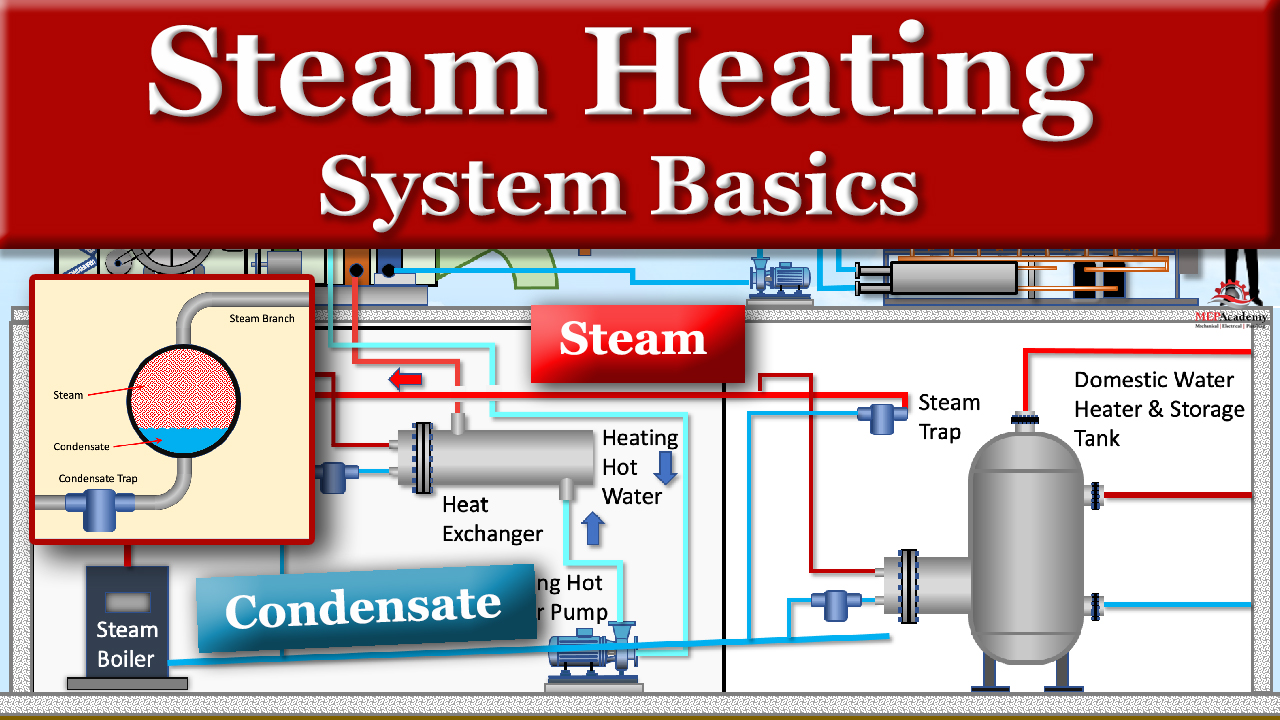We’re going to cover how to Calculate GPM of a new Chiller Evaporator or Condenser Coil or any New Coil or Heat Exchanger by a field measurement of the pressure drop compared to the rated pressure drop of the equipment.
If you prefer to watch a video on this topic, scroll to the bottom of this page for link.
In this equation GPM2 is the actual flow rate that we’re going to calculate, it could be for any coil whether in a chiller, fan coil or heat exchanger.
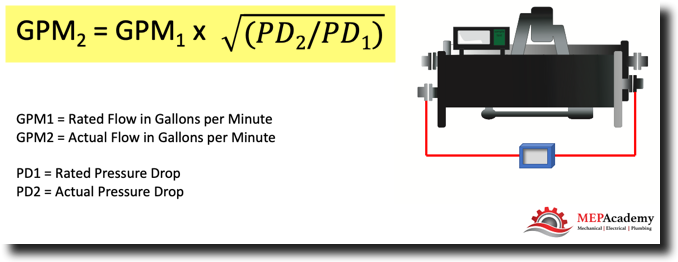
So the Rated GPM is GPM1, times the square root of PD2, which is the actual pressure drop that we are going to measure. This is different than the Rated Pressure drop, which is PD1, the pressure drop across the Chiller’s Evaporator, Condenser or Heat Exchanger that your trying to measure.
So what will happen to the GPM if the Pressure Drop (PD) increases or decreases?
For our example we’re going to take a new chiller that was Rated for 600 GPM at 14 feet of Pressure drop through the Evaporator.
Measuring Flow Across a Coil
When we go into the field and measure the actual pressure drop we get 13 Feet.
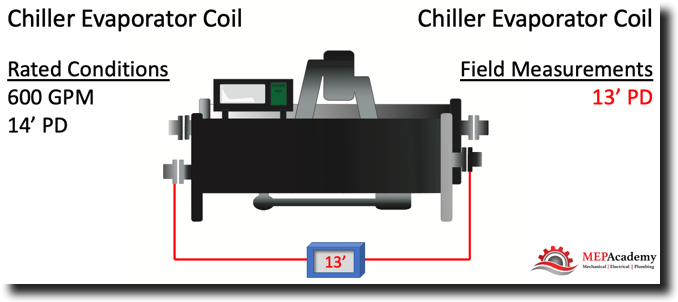
Now what we are going to do is we’re going to take all the known Rated conditions of the new piece of equipment, in this example the evaporator of a chiller and the actual measured pressure drop from our field technician.
So here is our formula. All we’re going to do is put in the known Rated values for the evaporator. Which GPM1, the Rated GPM is 600, times the square root of the actual measured pressure drop, which came out to 13 feet divided by the rated pressure drop (PD) of 14 feet for our example evaporator.
All it is at this point is math. So, doing the math we come up to 578. So our 600 GPM at 14 feet pressure drop Rated condition is now only flowing 578 GPM due to the decrease in pressure drop.

So a decrease in pressure equals a decrease in GPM.





















